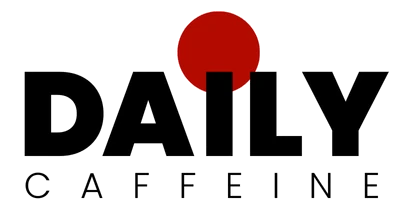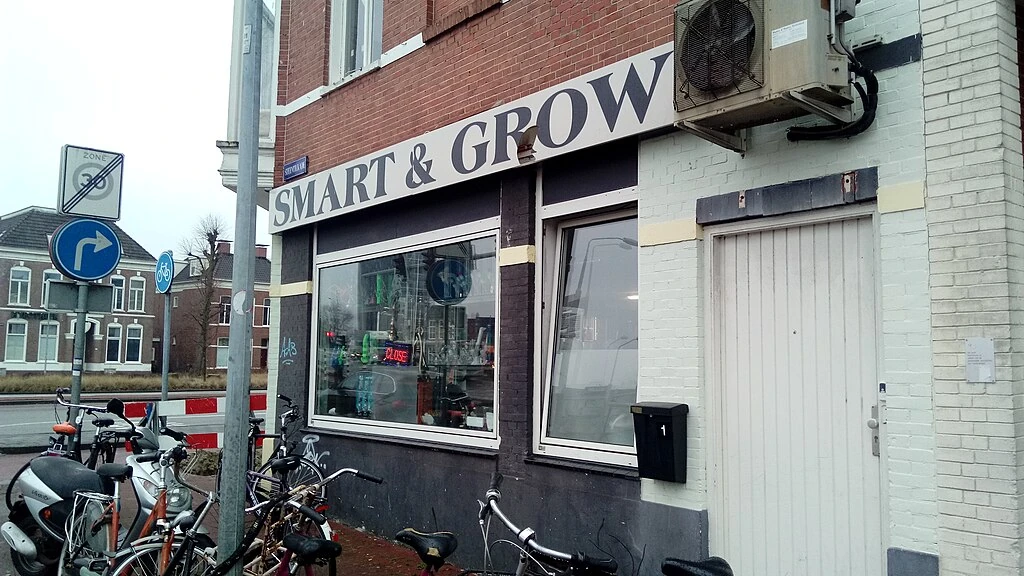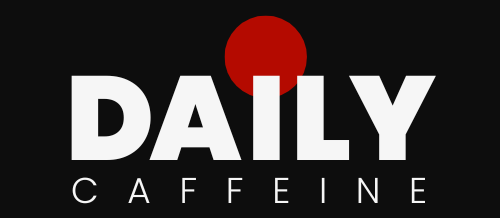The Netherlands has long been known for its progressive stance on social issues, and its drug policy is one of the most debated and studied in the world. Unlike many countries that pursue a strict “war on drugs” approach, the Dutch government prioritizes harm reduction, public health, and pragmatic law enforcement. This strategy has led to lower drug-related deaths, reduced crime rates, and better social reintegration for addicts compared to countries with more punitive policies.
In this blog, we’ll take a deep dive into how the Netherlands manages drug use and addiction, its classification of substances, the harm reduction measures in place, the role of law enforcement, and the outcomes of this approach.
1. A Unique Drug Policy: Pragmatism Over Punishment
Many nations still operate under zero-tolerance drug policies, focusing on punishment rather than rehabilitation. The Netherlands, however, acknowledges that complete eradication of drug use is unrealistic, so it has built a system that minimizes harm to both individuals and society.
The Dutch policy is based on three key principles:
- Differentiation between soft and hard drugs
- Focus on harm reduction rather than criminalization
- Treatment and social reintegration for addicts
This approach is not about legalizing drugs but rather about regulating and managing their use in a way that reduces negative consequences.
2. Drug Classification: Soft vs. Hard Drugs
Unlike many countries where all drugs are treated equally under the law, the Netherlands classifies them into two categories: soft drugs and hard drugs.
Dutch Drug Classification System
| Category | Description | Examples | Legal Status |
|---|---|---|---|
| Soft Drugs | Considered lower-risk substances with minimal health damage when used in moderation. | Cannabis (marijuana, hashish), some psychedelics (e.g., magic truffles) | Decriminalized but regulated (available in licensed coffeeshops) |
| Hard Drugs | High-risk substances with serious health and addiction concerns. | Heroin, Cocaine, Ecstasy (MDMA), Methamphetamine, LSD | Illegal, with harm reduction and rehabilitation prioritized |
Marijuana in the Netherlands
Cannabis policy in the Netherlands is unique. While marijuana is technically illegal, it is decriminalized under the country’s toleration policy (“gedoogbeleid”). This means that the Dutch government does not actively prosecute small-scale possession and regulated sales under certain conditions.
How Marijuana is Managed
| Policy Area | Regulation |
| Coffeeshops | Cannabis can be sold in licensed coffeeshops, but with restrictions: no sales to minors, a 5-gram per person daily limit, no advertising, and a 500-gram stock limit. |
| Personal Possession | Up to 5 grams is decriminalized; more than 5 grams or growing more than five plants is illegal. |
| Cultivation | Selling cannabis in coffeeshops is tolerated, but wholesale cultivation remains illegal. |
| Medical Marijuana | Legal and available through pharmacies with a prescription. |
| Foreign Tourists | Some cities have banned foreign tourists from buying cannabis to combat drug tourism. |
3. Harm Reduction Strategies: Minimizing the Risks
The Netherlands focuses on keeping drug users safe rather than criminalizing them. This harm reduction strategy includes supervised drug consumption rooms, needle exchange programs, and methadone treatments.
Harm Reduction Measures
| Measure | Purpose | Effectiveness |
| Supervised Drug Consumption Rooms (DCRs) | Provide safe spaces for drug use under medical supervision, reducing overdoses and infections. | Reduced drug-related deaths and disease transmission. |
| Needle Exchange Programs | Provide clean needles to prevent HIV/AIDS and Hepatitis C. | Significant reduction in infectious disease rates. |
| Methadone Maintenance Programs | Help heroin users transition to a safer, controlled opioid to avoid withdrawal and criminal activity. | Reduction in heroin addiction and related crimes. |
4. Treatment and Rehabilitation: A Path to Recovery
The Dutch healthcare system treats addiction as a public health issue, not a criminal one. This means that addicts are often referred to treatment instead of prison.
Types of Rehabilitation Programs
| Program Type | Services Provided |
| Detoxification Clinics | Supervised medical detox to help users safely withdraw from substances. |
| Psychological Therapy | Cognitive behavioral therapy (CBT), group therapy, and counseling. |
| Social Reintegration Programs | Job training, housing assistance, and employment support for former addicts. |
5. The Results: Successes and Challenges
The Dutch model has been in place for decades, and the results have been widely studied.
Successes and Challenges of the Dutch Model
| Area | Successes | Challenges |
| Public Health | Lower drug-related deaths than many EU countries. | Ongoing need for supervised drug use areas to prevent overdoses. |
| Crime Reduction | Fewer heroin addicts and reduced drug-related crimes. | Illegal cannabis cultivation remains an issue. |
| Youth Drug Use | Less youth drug use compared to countries with stricter drug laws. | Some cities experience problems with drug tourism. |
| Law Enforcement | Focus on targeting large-scale drug trafficking instead of individual users. | Organized crime still plays a role in synthetic drug production. |
6. Is the Dutch Model a Blueprint for Other Countries?
The Netherlands’ approach shows that decriminalization, harm reduction, and rehabilitation can work better than punitive drug policies. However, this model is not one-size-fits-all. Factors like culture, economic conditions, and law enforcement priorities play a major role in its success.
What Other Countries Can Learn
| Lesson | Benefit |
| Distinguishing between soft and hard drugs | Helps law enforcement focus on more dangerous substances. |
| Supervised drug consumption rooms | Reduces overdoses and disease transmission. |
| Rehabilitation over incarceration | Gives addicts a better chance at recovery. |
| Realistic drug education | Prevents misinformation and fear-based policies. |
While the Dutch model has some flaws, its successes in public health, crime reduction, and addiction treatment make it a compelling case study for other nations considering drug policy reform.
![Coffeeshops are establishments in the Netherlands where the sale of cannabis for personal consumption by the public is tolerated by the local authorities (in Dutch called gedoogbeleid).
Under the drug policy of the Netherlands, the sale of cannabis products in small quantities is allowed by 'licensed' coffee shops. The majority of these "coffeeshops" (in Dutch written as one word) also serve drinks and food. Coffeeshops are not allowed to serve alcohol (although in the past some coffeeshops in central Amsterdam have transgressed this law without reproach) or other drugs, and risk closure if they are found to be selling soft drugs to minors, hard drugs or selling alcohol without a license. The idea of coffeeshops was introduced in the 1970s for the explicit purpose of keeping hard and soft drugs separated.
In the Netherlands, 105 of the 443 municipalities have at least one coffeeshop. Many at the borders sell mostly to foreigners (mostly from Belgium, Germany and France), who can also buy marijuana in their own countries, but prefer the legality and higher product quality of Dutch coffeeshops. In May 2011 the Dutch confirmed plans to ban foreigners from patronizing coffee shops, and to roll out the policy in the southern provinces of Limburg, Noord Brabant and Zeeland by the end of 2011 and the rest of the country in 2012. Coffeeshops become members-only clubs, while only adults living in the Netherlands can become a member.
Dutch coffee houses not serving marijuana are called koffiehuis (literally "coffee house"), while a café is the equivalent of a bar. [Wikipedia.org]](https://thedailycaffeine.com/wp-content/uploads/2025/03/Coffeeshop_5821434879.webp)
Conclusion
The Netherlands’ drug policy is based on reality, not ideology. By recognizing that drug use will always exist, the country has created a system that reduces harm, promotes rehabilitation, and prioritizes public health over punishment. While no system is perfect, the Dutch approach offers valuable lessons for countries struggling with drug addiction, crime, and ineffective prohibition laws.
Sources:
Government Websites:
- Government.nl – Drugs Policy: This official Dutch government website outlines the country’s stance on drug possession, sale, and production, including the toleration policy for soft drugs in licensed coffee shops. government.nl+1government.nl+1
- Government.nl – Rules on Alcohol and Drugs: This page provides information on the legal regulations regarding alcohol and drug use in the Netherlands, including age restrictions and the legal status of various substances. government.nl
- Netherlands Worldwide – Medication Regulations: This resource offers guidance on bringing medications into the Netherlands, highlighting the country’s approach to controlled substances and prescription drugs. netherlandsworldwide.nl
Non-Governmental Organizations (NGOs):
- Trimbos Institute: A leading Dutch research center specializing in mental health and addiction. They provide comprehensive reports and data on drug use, treatment programs, and policy evaluations in the Netherlands. Trimbos website
- Harm Reduction Journal: An international peer-reviewed journal that publishes research on the effectiveness of harm reduction strategies, including those implemented in the Netherlands. https://harmreductionjournal.biomedcentral.com/
- Transnational Institute (TNI): An international research and advocacy institute that has published reports on the Dutch treatment and social support systems for drug users, offering insights into the country’s harm reduction approaches. tni.org
Other Info:
These sources provide authoritative information that corroborates the details discussed in the blog regarding the Netherlands’ drug policies and harm reduction initiatives.


